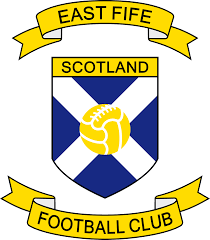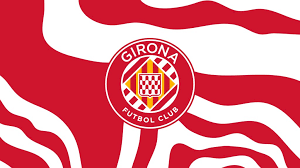
East Fife FC
East Fife FC is a storied football club rooted in the rich sporting heritage of Scotland. Known for its passionate fanbase and historic achievements, the club has played a significant role in Scottish football’s landscape. Whether you are a dedicated supporter, a casual follower, or a newcomer interested in Scottish football, understanding the past, present, and future of East Fife FC offers an insightful perspective into one of the nation’s classic football institutions.
In this comprehensive article, we will delve into the history of East Fife FC, analyze recent fixtures, explore club news, and look ahead to upcoming matches, providing an in-depth look at why this club remains a cherished part of Scottish football.
The History of East Fife FC: From Founding to Glory Days
Understanding the roots and evolution of East Fife FC offers a vital glimpse into its identity today. Founded in the early 20th century, the club has experienced periods of triumph and adversity, shaping a legacy that continues to inspire supporters century after century QQ 88.
The Founding and Early Years of East Fife FC
East Fife FC was officially established in 1903, originating from local footballing communities eager to organize their competitive spirit into a formal club. Named after the historic region of East Fife in Fife, Scotland, the club quickly garnered local support and became a technical hub for developing talented players.
In its initial decades, East Fife competed mainly in regional competitions, gradually working its way into the Scottish Football League (SFL) system. The early 20th century was characterized by modest success, with the club building a strong local reputation but struggling to make a significant impact at the national level. The community’s deep-rooted support and consistent performances helped secure the club’s position in the league, laying a foundation for future glory.
Historical Context & Growth
During the interwar period, East Fife saw increased professionalism in Scottish football, prompting the club to invest in better facilities and recruit more skilled players. Despite the challenges of economic hardship and World Wars, East Fife maintained a resilient presence in the league system, gradually ascending to higher divisions.
The Golden Era: Fife’s Rise to Prominence
The most celebrated chapter in East Fife’s history is undoubtedly during the 1930s and 1940s, a period marked by remarkable success and competitive prowess. Managed by legendary figures like David Calderhead, the club became a force to be reckoned with in Scottish football.
Achievements in Scottish Football
East Fife achieved its most notable successes in the post-war years, especially in the 1940s and 1950s. They secured the Scottish Cup twice (in 1954 and 1955), a feat that elevated their standing nationally. The club was known for their attacking style of play and talented squad, often competing against and defeating larger clubs.
The club’s victory in the Scottish League Cup in 1947 and subsequent performances cemented their reputation. This era also saw the emergence of great players like John McSeveney and Charlie Fleming, who became club legends for their contributions on and off the pitch.
Key Players & Managers
The success of East Fife during this period was a blend of tactical ingenuity and player talent. Managers such as Donald Campbell and Ivor Broadis brought strategic innovation that allowed East Fife to punch above their weight. Players like Fleming, with their flair and leadership, became heroes among supporters and are celebrated in club history.
The Post-Golden Era and Modern Challenges
After the successes of the 1950s, East Fife faced the inevitable decline as football transitioned and competitive dynamics shifted across Scottish divisions. The club found itself fluctuating between divisions, battling financial constraints, and striving to maintain their status.
Decline and Stabilization
From the 1960s onward, East Fife experienced a series of relegations and promotions, reflecting the fluctuating fortunes that many Scottish clubs faced during this time. The shift in football’s business climate, player recruitment challenges, and competition from larger clubs made sustained success difficult.
However, East Fife managed to stabilize its position in the lower tiers, fostering a dedicated following in the Fife region who remained loyal despite the limited league success. The club’s resilient spirit and community engagement remained core principles, positioning East Fife as an integral part of local life thể thao QQ88.
Recent Developments & Revival Attempts
In the 21st century, East Fife FC has focused on rebuilding their identity through youth development programs and improvements in club facilities. Efforts to climb the divisions further, reconnect with fans, and promote Scottish talent have marked the club’s modern approach.



